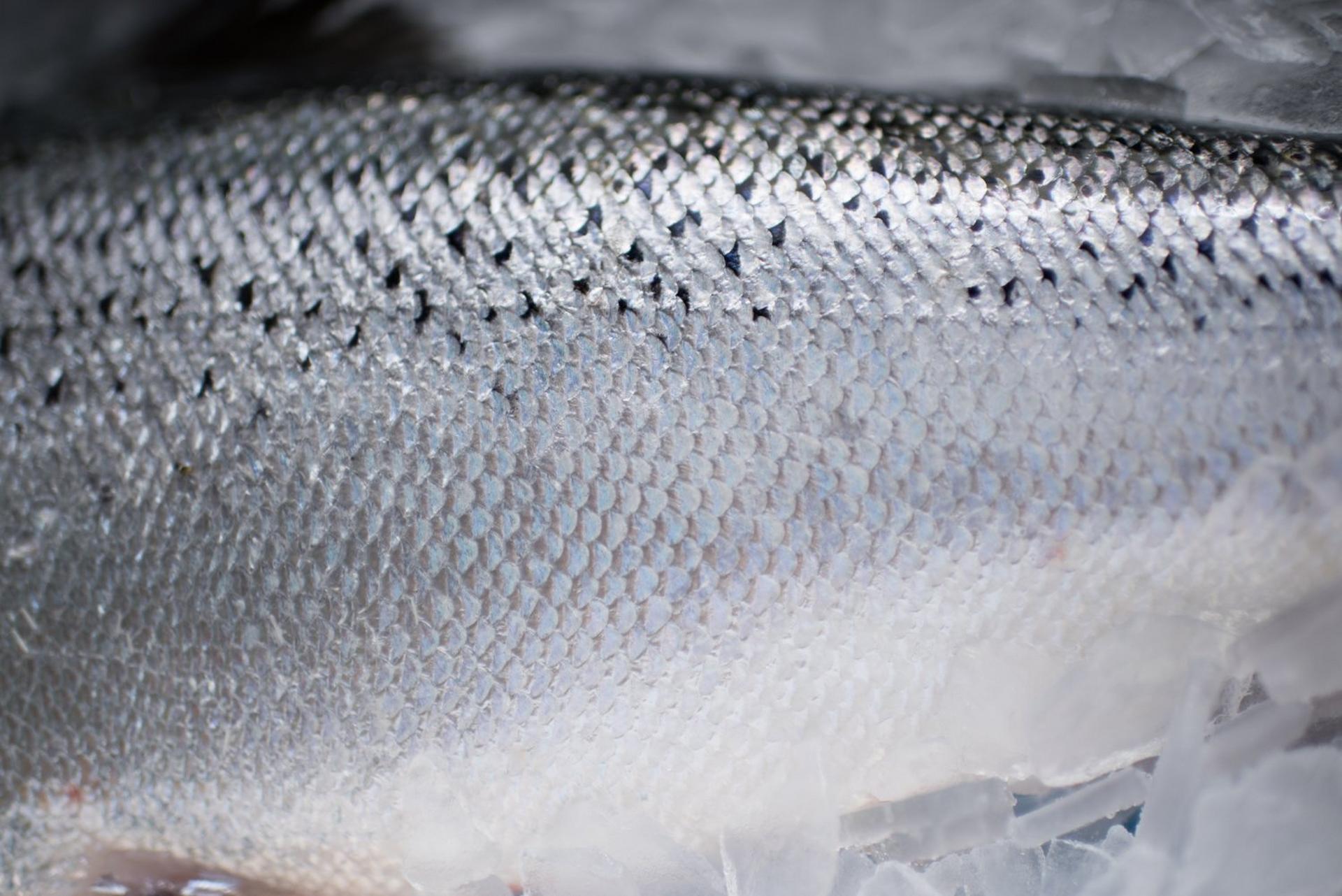Results
Growth Performance
No significant differences were observed in growth rate, feed intake, or feed conversion ratio across all treatments. Fish fed both synthetic vitamin D3 and combinations with its metabolite forms grew equally well, confirming that high-level supplementation and metabolite use are safe under commercial RAS conditions.
Fillet and Whole-Body Vitamin D3 Deposition
Vitamin D3 content in both fillet and whole body increased proportionally with dietary supplementation. Regression analyses confirmed a strong positive correlation between dietary cholecalciferol and vitamin D3 deposition (p < 0.001). The combination of cholecalciferol with ‘intermediate’ or ‘active’ Vit D metabolites also resulted in elevated fillet vitamin D3 levels, with the ‘active’ metabolite achieving higher deposition than synthetic vitamin D3, likely due to an apparent sparing effect in fat stores.
Pigmentation and Fillet Quality
Fillet redness, assessed by MINOLTA a* values, increased linearly with higher vitamin D3 supplementation levels. Neither the ‘intermediate’ or ‘active’ metabolites negatively impacted pigmentation, and all treatments remained within the commercially acceptable range for fillet appearance.
Mineral Retention
Supplementation with vitamin D3 metabolites also influenced mineral uptake. Fish fed combinations of cholecalciferol with either the ‘intermediate’ or ‘active’ metabolite showed improved whole-body retention of zinc and iron compared to those fed synthetic D3 alone. A mild negative correlation was observed between dietary zinc levels and fillet vitamin D3 retention, expressed as a percentage of intake, suggesting a potential interaction between zinc availability and vitamin D3 utilization.













